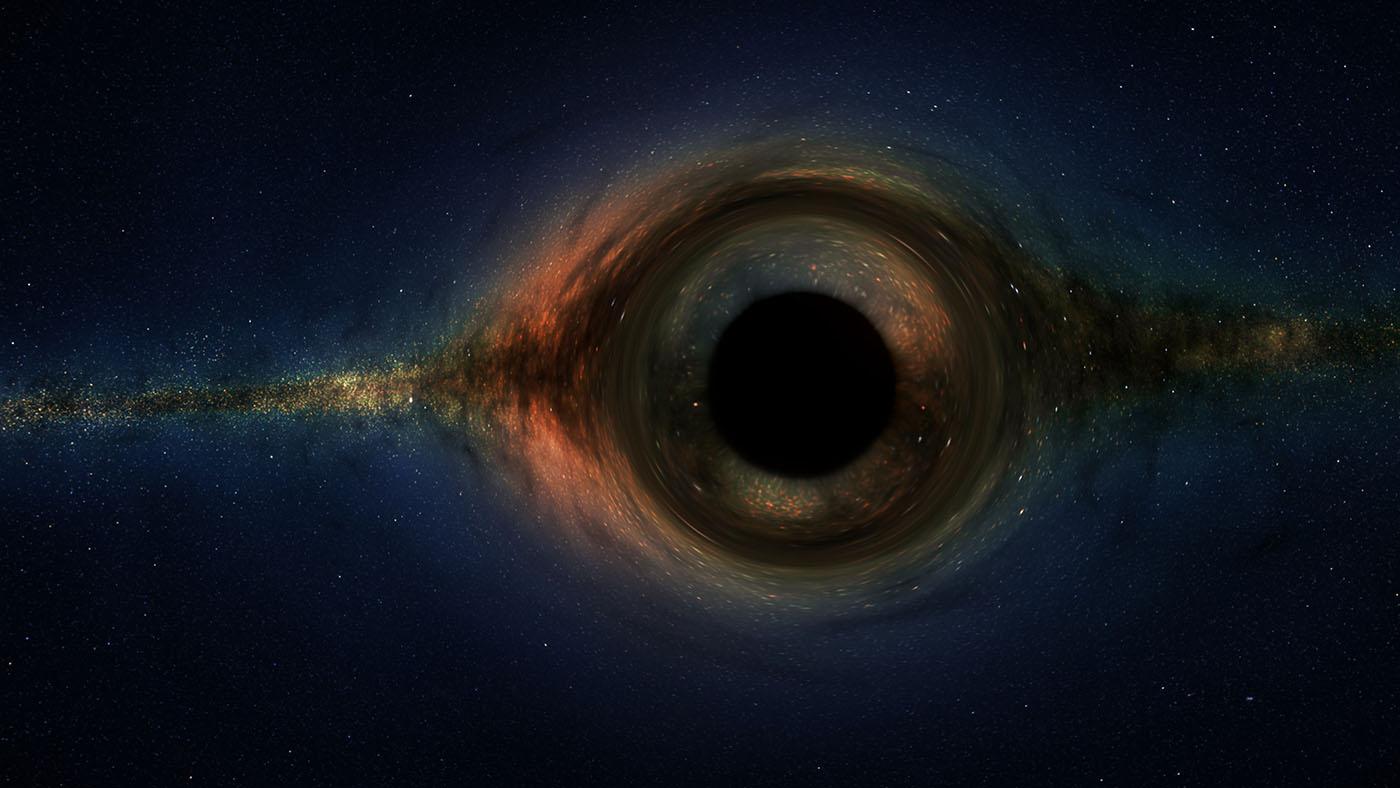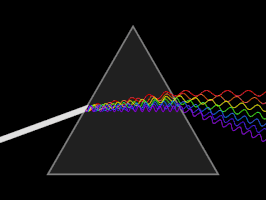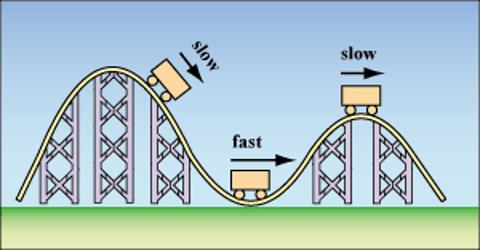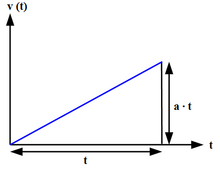If you are reading this, you most likely listen to music while you study. If so, might I ask you, if you will, why you do so? Is it to drown out noise and focus only on the music that you choose, or is it the fact that it can incite certain moods that motivate you to work further? Today, listening to music while doing work in general is common among students today. But there has been a long lasting debate on whether it is actually beneficial or not. Students who listen to music themselves enjoy doing so due to the fact that it can drown out the far worse and distracting background noises of their classroom environment while studies shown by the University of Wales prove that listening to music can impair short term memory. So is listening to music while studying harmful? The short answer is, it depends. Instrumental music can improve mood, awareness and memory while lyrical music can be quite the distraction and impair short term memory.
A study that shows that instrumental music can be beneficial is one conducted by the University of Dayton. According to the study
abstract, researchers aimed to "assess the effects of fast-tempo music on cognitive performance." To do so, they observed 56 male and female students and studied their performance on linguistics and spacial processing tasks. With that, the students were accompanied with Mozart music in the background as they worked. According to the study abstract, "Background music increased the speed of spatial processing and the accuracy of linguistic processing. The findings suggest that background music can have predictable effects on cognitive performance
." This means that instrumental music displays possible benefits to those who listen to it while they study. However, despite instrumental music in the background proving to be useful when studying, the same cannot be said for lyrical music, or music with vocals.
Music with vocals, or any acoustical variation have been proven to be a major distraction when studying. The University of Wales conducted a
research that showed that listening to vocal music impairs short term memory. To prove this, they gathered participants and gave them a set of letters to memorize. They then tested them under a few noise conditions: quiet, music that they enjoyed, music that they disliked, a voice repeating the number three, and a voice saying random single digit numbers. The study found that the participants' mood and impression towards the music that they listened to was an irrelevant factor towards their performance. If there was sound that had vocals, say the music or the voice saying random single digit numbers, the participants would fail to memorize the order of the letters they were given. Lead researcher Nick Perham concluded in the study's press release that "The poorer performance of music and changing-state sounds are due to the acoustical variation within those environments within those environment." This proves that listening to any music with vocal or acoustic variation can actually be a distraction rather than a benefit.
An argument brought up by the
article Why You Shouldn't Listen to Music While Studying by Sara Briggs uses the study conducted by the University of Wales to further show why listening to music while studying is harmful. The article cites a study conducted by Stanford University which observed people listening to 18th century music. From the study, researchers were able to conclude that "music engages the areas of the brain involved with paying attention, making predictions, and updating the event in memory." While that is true, the use of the fact to support the article's core argument is invalid. Because instrumental music focuses the brain onto the music, it can drown out a far worse distraction- that being the classroom environment. Classrooms are normally noisy and talkative, and as proven by the University of Wales, can be a distraction and impair short term memory. What instrumental music can do is make the brain's focus on something else rather than the classroom noise. This is perhaps associated to the reason why students listen to music while studying in the first place. In the
article Music in the Classroom: Distraction or Study Tool? by Shelby Archuleta, one student stated that, "Music definitely has an effect on the way you think and act... But I think it does help me concentrate because then I can drown out the other [students]" This proves that instrumental music can be beneficial in removing vocal noises.
So does listening to music enhance cognitive performance? In summary, it depends on the type of music that you listen to. In search to find the answer to this question, the University of Dayton found that listening to instrumental music from the 18th century improves both the speed and accuracy of linguistics and spacial processing, which may imply a potential benefit for music. On the other hand, the University of Wales concluded that listening to music could actually be quite harmful, but only tested for vocal and acoustic variation, which may imply that there may be different effects in regards to listening to instrumentals and listening to vocals. Listening to music while studying is a common thing to do among students. Many say that it's fun to do so, while others say that it can mute the distraction of the environment that they work in. Either way, listening to instrumental music can drown out such noise and make you focus on the work that must be accomplished. But in the end, it depends on whether you are distracted easily or not.








